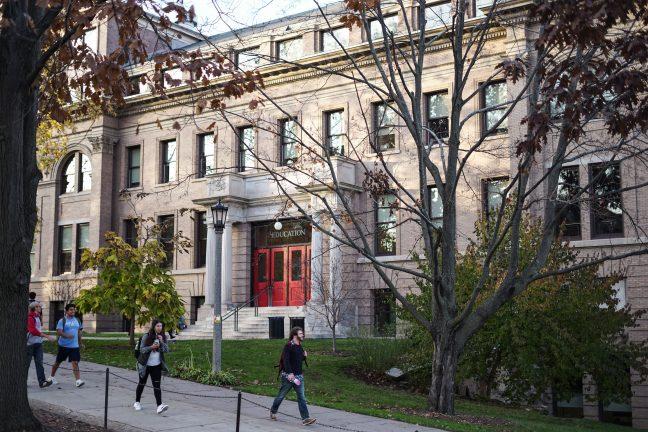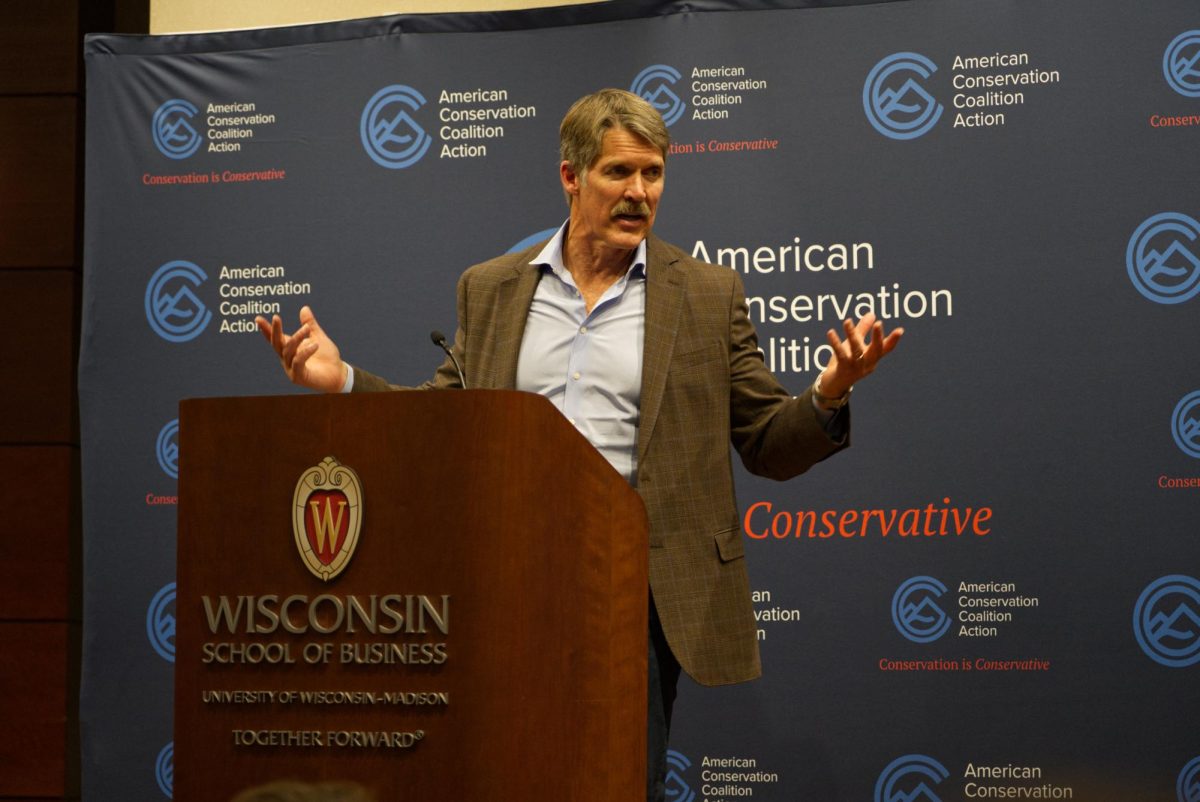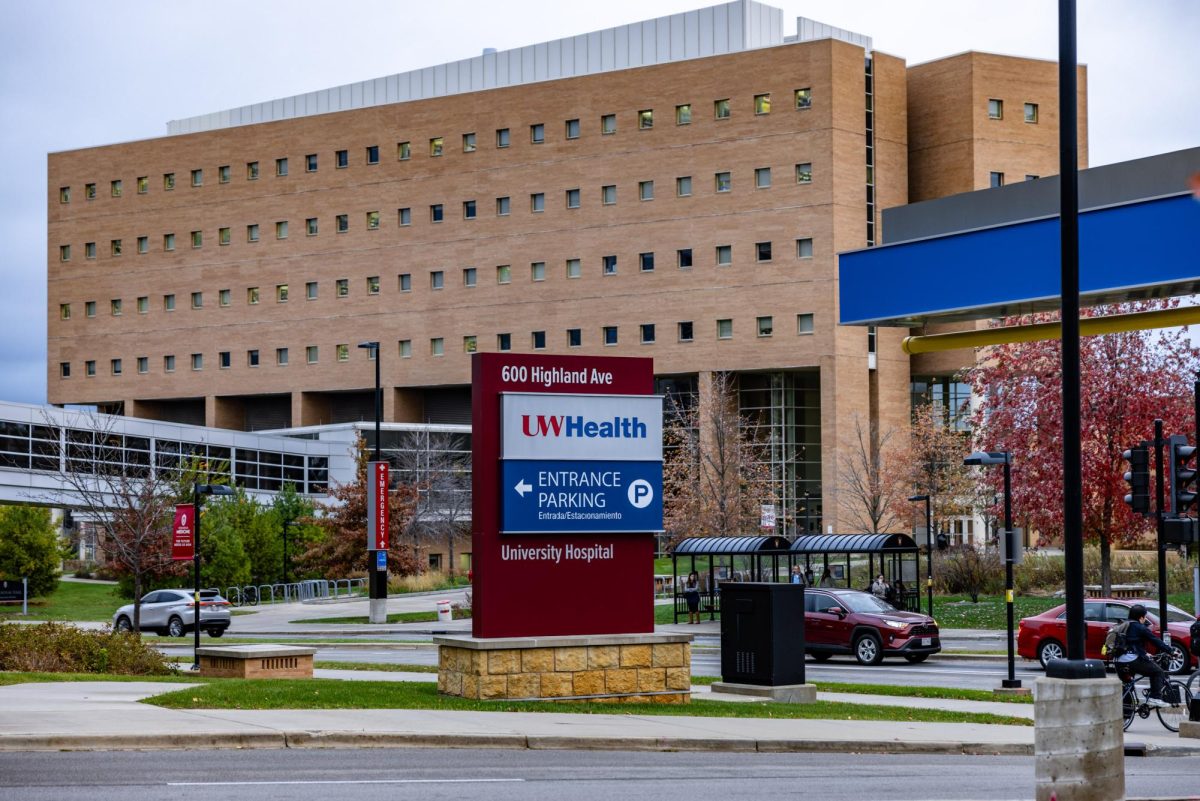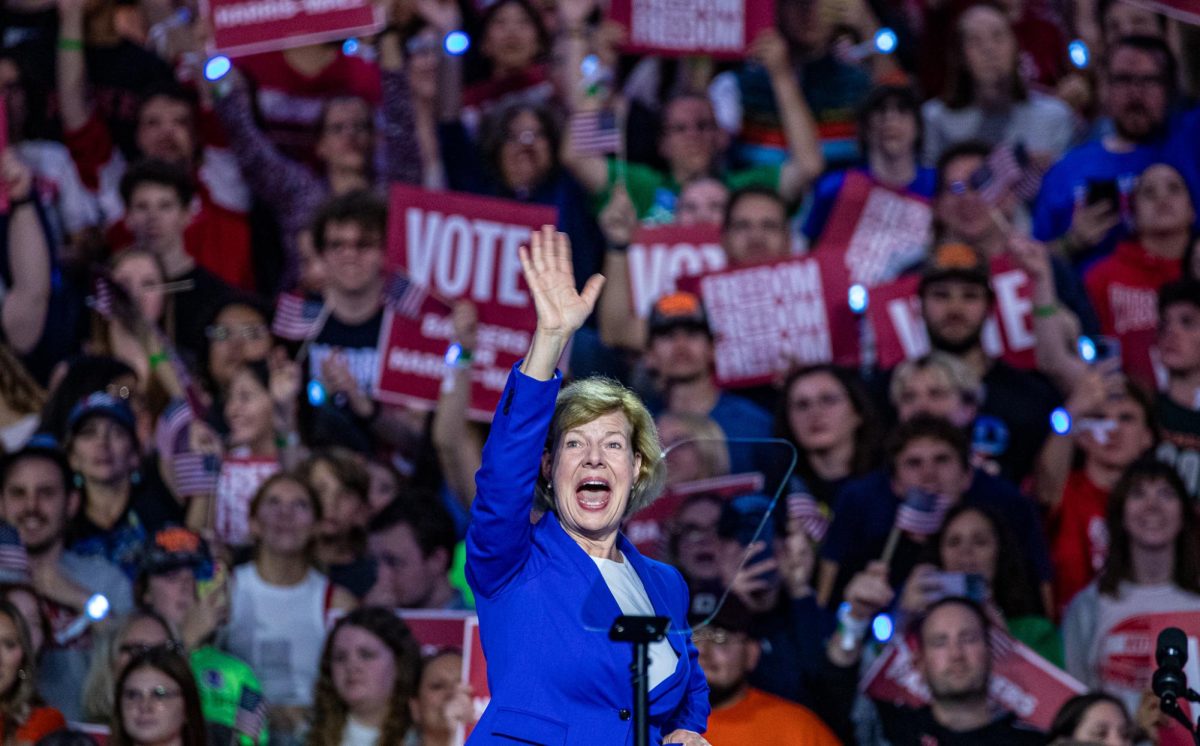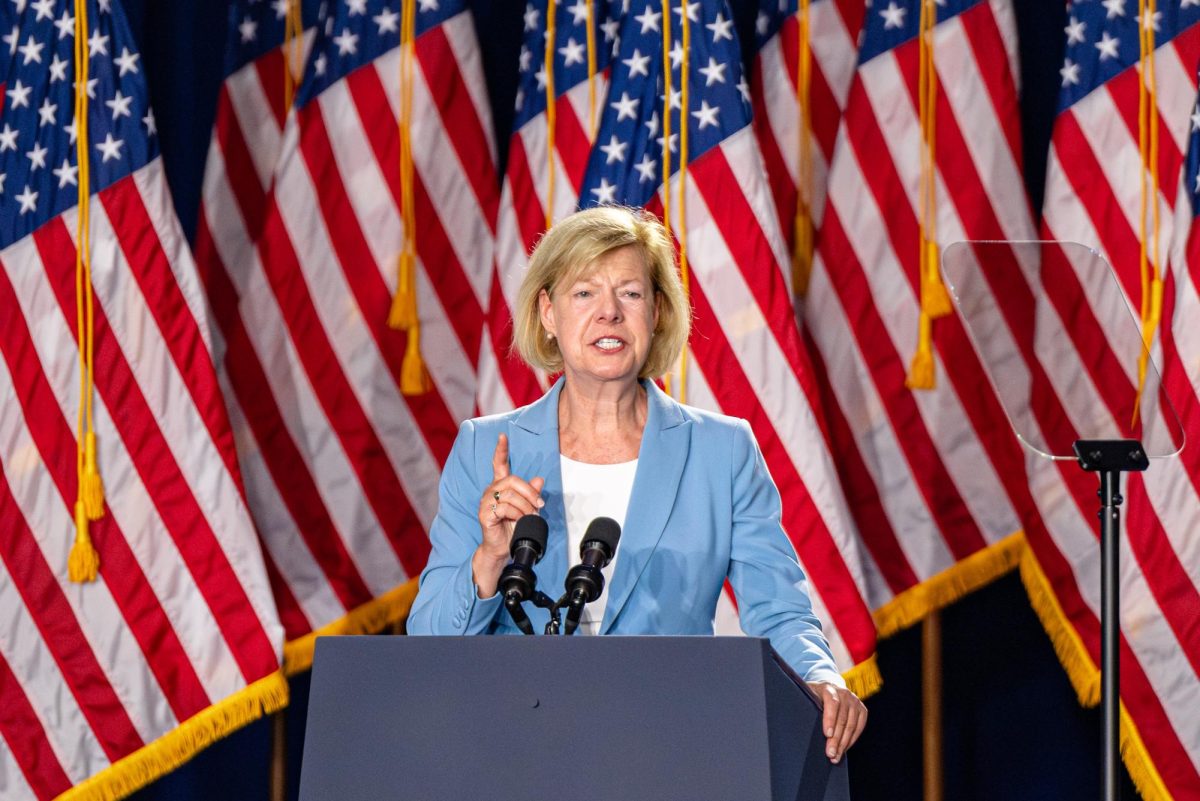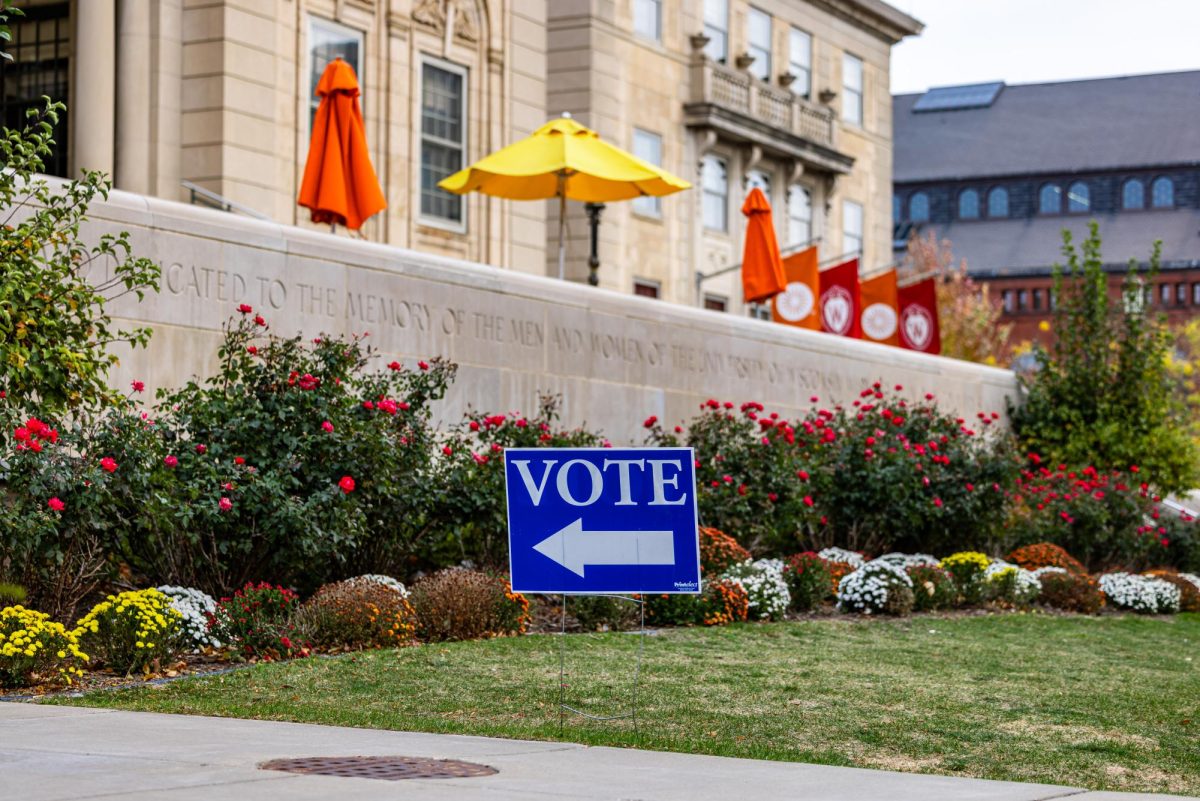The University of Wisconsin System announced the creation of a task force that will focus on how UW System institutions can combat teacher and educator shortages Jan. 25.
According to a press release, the eight-member UW System Task Force for Advancing Teachers and School Leaders in the State of Wisconsin will have recommendations and a report by May 1 of this year. It is to be led by Diana Hess, dean of UW-Madison’s School of Education.
The press release cited concerns such as a decline in enrollment in teacher education programs and the low number of accredited teachers graduating from UW System schools.
Mary Gulbrandsen, executive director of the Fund for Wisconsin Scholars and member of the task force, said the lack of supply of certified teachers has been steadily increasing in recent years.
According to a blog post from the Wisconsin Department of Public Instruction, significantly fewer students are pursuing education-related degrees, and school districts across the state report shrinking applicant pools for available teaching positions.
Hess said one key issue is the level of accreditation of those who are currently teaching.
“[There are] teachers who are teaching but are not fully licensed or certified because schools simply couldn’t find teachers who were fully certified,” Hess said. “We are creating special programs to make sure people who are teaching who aren’t fully licensed and certified are getting licensed and certified.”
Hess said special education and bilingual education are fields that are particularly struggling.
Bucky’s Tuition Promise program fills monetary gap for low-income students in first year
According to an article from the Post Crescent, 2,432 teachers across Wisconsin have an “emergency teacher’s license.” The Residency in Teacher Education program is DPI-approved and allows those with a bachelor’s degree to earn a teaching license.
The article cites Nancy Jaeger, a RITE coordinator, who said that those in the program come with expertise in the content of their major, and the program works to show them how to teach the material.
Hess said the UW System is working towards measures to bolster education enrollment.
“There’s an effort to create a high school pipeline,” Hess said. “We’re successfully raising funds for undergraduate and graduate scholarships. It’s much easier to get scholarships now than ten years ago.”
Gulbrandsen added that UW System schools are also looking towards the state to see if there is available funding to provide additional scholarships and aid.
Hess added, however, that UW-Madison’s School of Education had actually seen higher enrollment this year. She said that not only did UW increase its freshman class size this year, but the elementary education program saw a 25 percent increase in enrollment.
She said that while not all programs are fully enrolled, the recent increasing trend is hopeful.
Hess discussed another key issue with teacher shortages involving neighboring states.
“One particular problem is our neighboring states pay more than we do,” Hess said. “People who live here in Wisconsin are teaching in Illinois and Minnesota. It’s a problem when you have contiguous states with higher salaries.”
According to a report from the National Education Association, the average starting teacher salary in Wisconsin for the 2016-17 school year was $36,983. The average in Illinois was $38,820, and the average in Minnesota was $37,644. In 2016-17 the national average for starting teacher salaries was $38,617.
According to an article from the Washington Post, the differences between average salaries for all teachers was starker. The average salary in Wisconsin for the 2016-17 school year was $54,998. The average in Illinois was $61,602, and the average in Minnesota was $57,346. The national average was $58,950.
Tony Evers discusses school funding, future of WI public school system
Discussing recent nationwide strikes held by teachers, Hess said that many teachers are also becoming disheartened by the lack of support for students, and are concerned for the overall academic well-being of the students they teach.
“One of the main things [teachers] were striking over was the need to get more support in schools, like nurses,” Hess said. “A lot of them have also become frustrated with the prevalence of standardized testing. They have not felt like its good for students and has actually made their jobs much more difficult.”
According to a report from the NEA, Wisconsin schools have 2,359 students per school nurse.
According to a survey conducted by the NEA, 42 percent of teachers surveyed said that an emphasis on improving standardized test scores had a “negative impact” on their classroom.
Hess discussed one potential solution to teacher shortages: loan forgiveness.
“If we have salaries that are already low, we want to make college more affordable and make sure people graduate from college with no or little debt,” Hess said. “We’ve been working really hard on how to craft loan forgiveness programs that would work.”
Gulbrandsen added that looking at recruitment efforts from graduate and paraprofessional schools, along with boosting compensation packages, has potential to alleviate the issue.
Hmong students consistently feel excluded, unwelcome on campus, new research finds
When it comes to teachers of color, Hess added that there are populations that do not have the diversity of their students reflected in their teachers.
“In the Wausau area, there are families who are culturally Hmong, and the teacher population doesn’t reflect that population,” Hess said. “Maybe it takes time, but we have to look at that very diligently, and we want to look at successful recruitment programs to get that reflection.”
Hess said that Wisconsin teacher programs produce qualified, hardworking teachers, of which she is “very proud.”
She also discussed her time as a high school teacher, calling the experience difficult but very rewarding.
“I don’t know many professions that someone can go into right out of college and can make an impact on so many people so quickly,” Hess said. “Our teachers should be very proud.”


